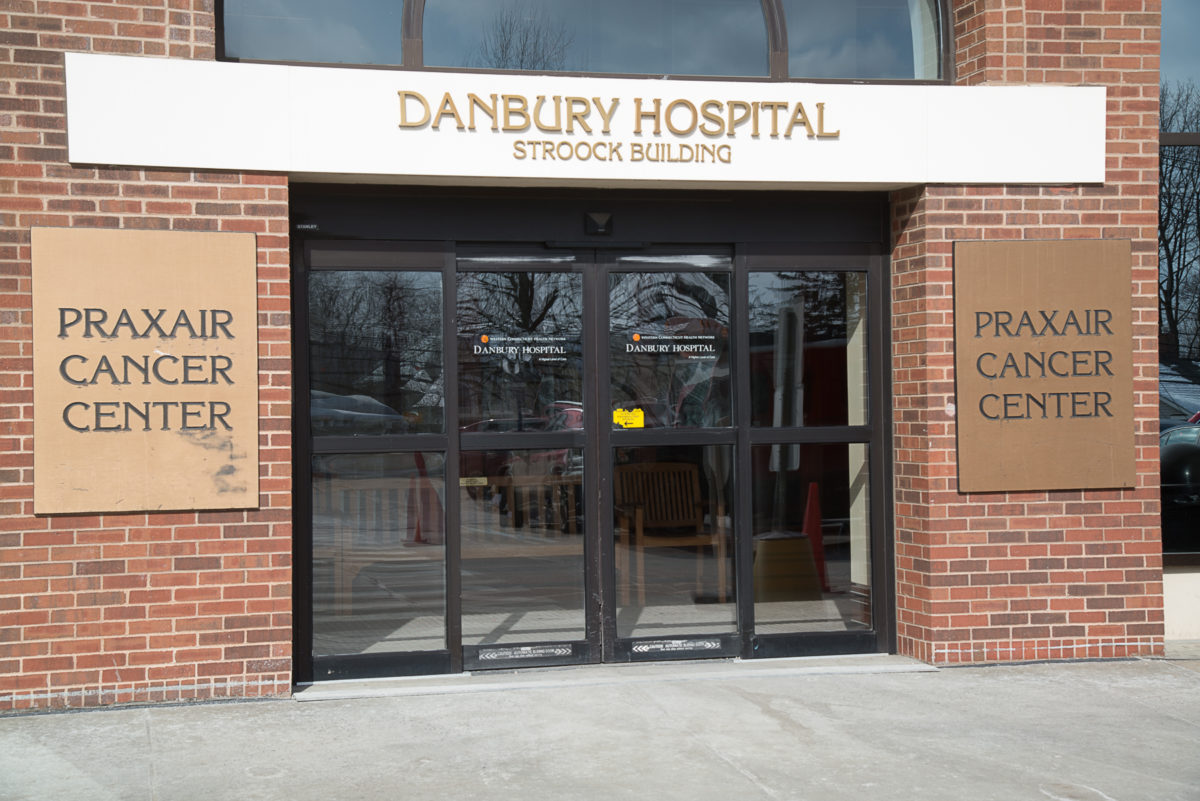Hospital inpatient, emergency room visits down significantly
 Hospital inpatient days and emergency room visits are both down significantly, according to state health officials.
Hospital inpatient days and emergency room visits are both down significantly, according to state health officials.
The 2018 Statewide Healthcare Facilities and Services Plan by the Office of Health Strategy (OHS) said the total number of inpatient days across Connecticut hospitals fell by 7,500 and ER visits declined by more than 47,000 between fiscal years 2016 and 2017, the most recently reported year.
OHS noted that the data confirm a five-year trend, with inpatient days down more than 118,000 in 2017 from 2013 and ER visits down over 100,000 for the same period.
“This report helps policymakers understand where we are now and how future legislative and regulatory decisions can make health care more accessible, more equitable and more affordable,” OHS Executive Director Vicki Veltri said. “We cannot draw conclusions from this data alone ”” it isn”™t ”˜good”™ or ”˜bad”™ news, but it does help us identify cost drivers, such as overuse of emergency departments and provides insight into how residents use health care in Connecticut.”
In fiscal year 2017, the occupancy rate of available beds ranged from a high of 81.28% at Yale New Haven Hospital to a low of 22.34% at Windham Community Memorial Hospital. Within Fairfield County, Bridgeport Hospital had an occupancy rate of 79.06%, followed by Greenwich Hospital, 73.54%; Saint Vincent”™s in Bridgeport, 65.12%; Stamfor, 60.35%; Danbury, 57.98%; and Norwalk, 52.63%.
Other highlights from report, which has been sent to the General Assembly”™s Public Health and Human Services Committees as required by statute, include:
- Government payers (primarily Medicaid and Medicare) consistently accounted for two-thirds of hospital discharges in the aforementioned five-year time period;
- Preventable hospitalizations remained stable over the past two years; they account for more than $1.5 billion in charges with Medicare being the primary payer; and
- For adults, heart failure is the top preventable hospitalization condition, for kids it is asthma.
The report also provided information related to opioids:
- Opioid-related inpatient hospital use was down slightly from 2016 to 2017;
- Opioid-related emergency room visits rose slightly in that same time period;
- White non-Hispanic residents made up the majority of opioid-related emergency department visits, with Medicaid being the primary payer.
In October 2015, the federal Department of Health and Human Services required providers to transition to an updated coding and classification system for illness and disease, including opioid use. Those changes were made in the official International Classification of Disease system to deliver better accuracy on patient status and treatment, provide more specific data for claims processing, and improve public health tracking. The expansion of clinical codes is cited as a possible cause for a significant uptick in opioid-related emergency department numbers in Connecticut between 2015-16.
The National Institute of Health has additional opioid prescription and trend data for Connecticut.
The OHS report uses a combination of sources, including data submitted through the regulatory Certificate of Need process, hospital utilization and financial data reported annually to OHS, and Connecticut Hospital Association Emergency Department data.